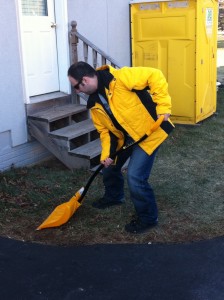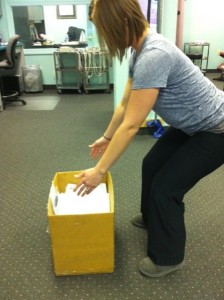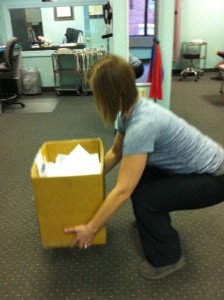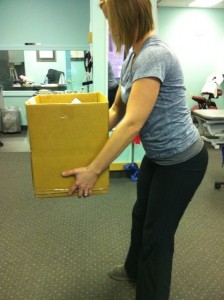Falls are the number one cause of accidental death in adults over 65 years of age. Here are 3 questions you should ask yourself to determine if you are a fall risk:
1. Have you fallen in the past 6 months?
2. Are you afraid of falling?
3. Do you feel the need to use your arms to rise from chairs or hold onto objects to maintain your balance?
If you answered YES to any of these questions, it might indicate that you may be a fall risk. A quick screening test done by a physical therapist to determine if a patient is a fall risk is called the “Sit to Stand” test. It is used to categorize patients into high, moderate or low fall risk.
Here is the Sit to Stand test in a nutshell:
1. The patient is asked to sit in the middle of the chair with their feet flat on the floor and arms folded across their chest.
2. Come to a full stand and return to a complete sitting position.
3. Repeat as many times as they are able to in 30 seconds.
Results:
8 or less times in 30 seconds = High Risk
9 to 12 times in 30 seconds = Moderate Risk
13 or more times in 30 seconds = Low Risk
If you are in the moderate to high fall risk category, make an appointment with your local physical therapist to prevent future falls.




